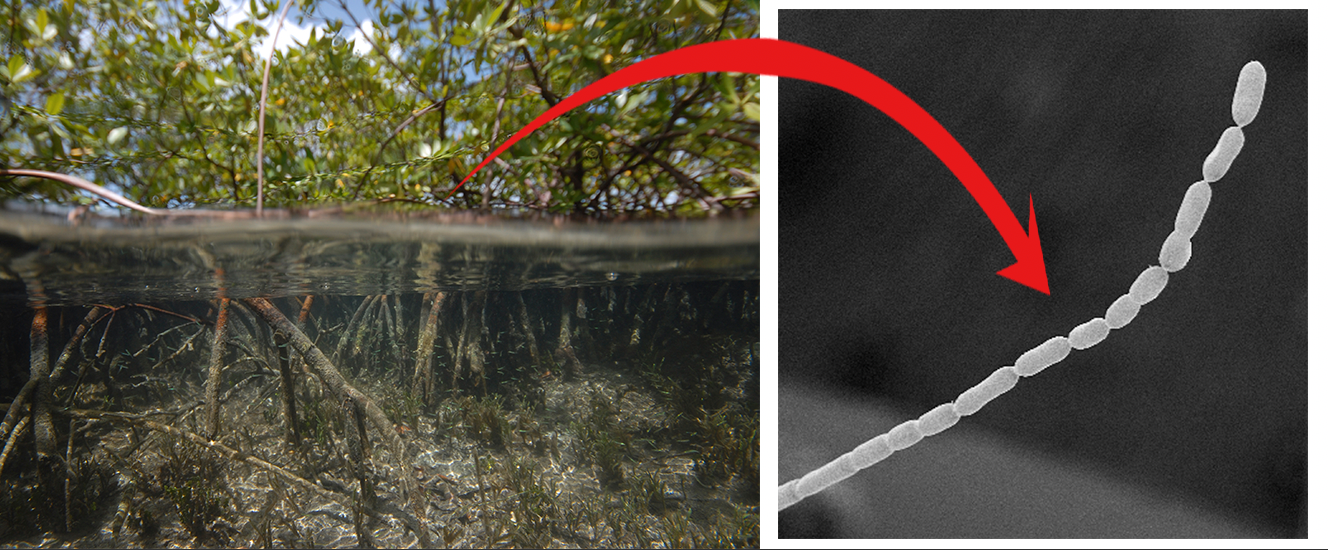Researchers have made a shocking discovery.
A new germ they believe is the largest in the world.
It could grow even larger than previously thought possible, said researcher Jean-Marie Voland at a press conference where the results were presented.

As you know, bacteria are so small – so small that they can only be seen with a microscope. But now researchers are reporting a discovery that they believe overturns all the prevailing theories.
On the sunken leaves of mangrove swamps in the Caribbean, a new bacterial species was found – which researchers believe is the largest of all.
The bacterium, called Thiomargarita magnifica, looks like long white threads that pile up roughly. On average, they are one centimeter in length and are therefore too large to be seen with the naked eye.
Compared to all the bacteria known to date, the new species are formidable. About 50 times larger than all other known bacterial species.
“It’s as if we as humans are going to meet another human the length of Mount Everest,” said Jean-Marie Foland, a researcher at Lawrence Berkeley National Laboratory.
discovery shake
The new bastard was discovered by Olivier Gros, professor of marine biology at the University of the Antilles in Guadeloupe, and was published in the scientific journal Sciences.
At the press conference, he told about his reaction when he first saw the large bacteria:
– Strange, I thought.
In addition to the size, the researchers were surprised by how complex the newly discovered bacteria were. The bacteria’s DNA, the genome, usually flowed freely inside the cell, but here it was packaged in a kind of membrane-enclosed structure.
So far, this is thought to occur only in eukaryotic cells, which are the building blocks of humans, animals, and plants.

“Falls down a lot. Internet fanatic. Proud analyst. Creator. Wannabe music lover. Introvert. Tv aficionado.”



More Stories
More than 100 Republicans rule: Trump is unfit | World
Botkyrka Municipality suspends its directors after high-profile trip to New York
Huge asteroid approaching Earth | World